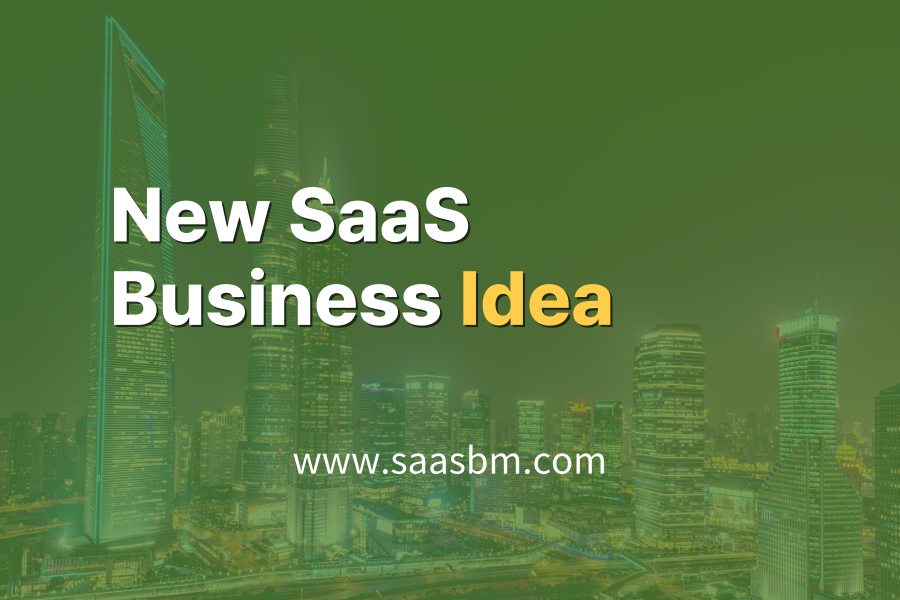Here are two new business ideas inspired by a benchmarked SaaS model.
We hope these ideas help you build a more compelling and competitive SaaS business model.
- Benchmark Report: Unlock Limitless Web Design: How GrapesJS Framework Revolutionizes Page Building
- Homepage: https://grapesjs.com
- Analysis Summary: GrapesJS offers an open-source web content editor framework that enables developers to create drag-and-drop website builders with customizable components and no dependencies.
-
New Service Idea: EditorX: AI-Powered Visual Learning Platform Builder / MicroSaaS Forge
Derived from benchmarking insights and reimagined as two distinct SaaS opportunities.

[swpm_protected for=”3,4″ custom_msg=’This report is available to Growth and Harvest members. Log in to read.‘]
![]()
1st idea : EditorX: AI-Powered Visual Learning Platform Builder
Empowering educators to create interactive learning environments without coding
Overview
EditorX transforms GrapesJS’s web builder framework into a specialized platform for educators to create interactive, personalized learning environments without coding skills. The platform enables teachers, trainers, and educational institutions to build custom learning modules with drag-and-drop simplicity while incorporating assessment tools, interactive elements, and AI-driven personalization. By bridging the gap between educational content creation and delivery, EditorX democratizes educational technology, making it accessible to educators regardless of their technical expertise.
![]()
Who is the target customer?
▶ Higher education professors who want to design interactive course modules
▶ Corporate training departments requiring customizable learning platforms
▶ Educational content creators and publishers looking to digitize their materials with interactive elements
![]()
What is the core value proposition?
![]()
How does the business model work?
• Template Marketplace: Revenue sharing model where educators can sell their created templates, with EditorX taking 20% commission.
• Add-on Services: Premium AI-assisted content creation tools, custom component development, and professional services for larger institutions requiring tailored solutions.
![]()
What makes this idea different?
![]()
How can the business be implemented?
- Fork and extend GrapesJS framework, developing education-specific components and adapting the interface for teacher usability with minimal technical jargon
- Build integration layers for popular LMS platforms and educational tools (Google Classroom, Canvas, Moodle)
- Develop AI analytics engine to track student engagement and provide content improvement recommendations
- Conduct beta testing with select educational institutions, gathering feedback to refine platform functionality
- Launch MVP with basic subscription tier, then progressively introduce premium features, template marketplace, and enterprise solutions
![]()
What are the potential challenges?
• Integration complexity with existing systems: Develop a robust API strategy and dedicate resources to building connectors for major educational platforms, while providing clear documentation and support.
• Content accessibility compliance: Implement built-in accessibility checking tools and guidelines that automatically ensure created content meets WCAG standards and educational accessibility requirements.

2nd idea : MicroSaaS Forge
Empowering entrepreneurs to build, launch and monetize micro-SaaS products without coding
![]()
Overview
MicroSaaS Forge transforms GrapesJS from a web builder framework into a specialized platform that enables entrepreneurs to create, deploy, and monetize micro-SaaS applications without coding expertise. The platform provides pre-built business functionality components (user authentication, payment processing, subscription management) along with industry-specific templates for common micro-SaaS categories. Users can assemble fully functional SaaS applications using visual editing tools, then immediately deploy and monetize their creation through built-in hosting and payment processing. This democratizes SaaS entrepreneurship by removing technical barriers, allowing anyone with a good business idea to bring it to market quickly.
![]()
Who is the target customer?
▶ Domain experts who understand specific industry needs but lack programming skills
▶ Side-hustlers seeking to create passive income through niche software solutions
▶ Small business consultants looking to develop custom tools for their clients
![]()
What is the core value proposition?
![]()
How does the business model work?
• Revenue Sharing: Optional 5% revenue-sharing model from SaaS products created on the platform in exchange for reduced subscription fees.
• Component Marketplace: Ecosystem where developers can sell specialized components to platform users, with MicroSaaS Forge taking a 25% commission on sales.
![]()
What makes this idea different?
![]()
How can the business be implemented?
- Extend GrapesJS framework with SaaS-specific components and functionality, focusing on subscription management, user authentication, and data handling
- Develop integration layers with payment processors, email services, and other essential business infrastructure
- Create industry-specific templates for common micro-SaaS categories (project management, client portals, booking systems)
- Build hosting infrastructure and deployment pipeline to automatically publish created applications
- Establish component marketplace and developer program to encourage ecosystem growth
![]()
What are the potential challenges?
• Security and data handling concerns: Implement robust security frameworks, regular audits, and clear documentation on data handling practices, while obtaining relevant compliance certifications to build user trust.
• Market saturation risk: Differentiate by focusing on underserved niches and enabling platform users to target specialized vertical markets rather than competing in crowded horizontal SaaS categories, while providing marketing guidance and customer acquisition strategies.
[/swpm_protected]
